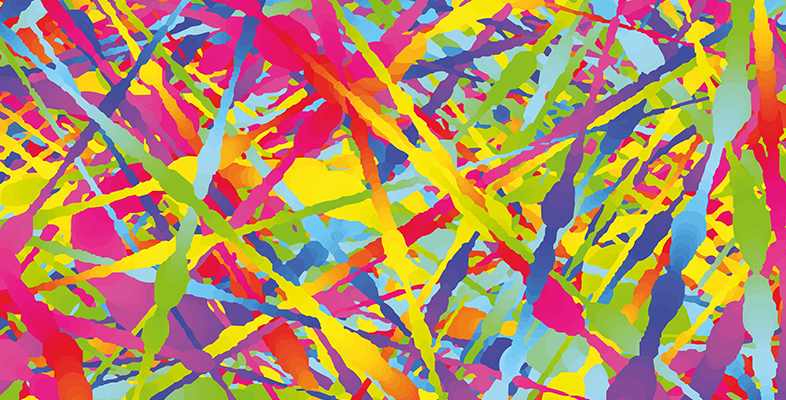3 Perceptual source-coding and lossy compression
3.1 Introduction
Source coding is the representation of a phenomenon such as a sound or an image in a form suitable for communication or storage. You are probably familiar with the example of digital sampling for creating digital representation of sounds or images. Prior to transmission, such representations often have error control incorporated, as you saw earlier. There is more to source coding than just sampling, though, because of the desirability of representing a source as efficiently as possible. Usually this means using as few bits as possible, consistent with achieving a desired level of fidelity to the original source. This raises the issue of data compression, and in particular lossy compression which I will look at shortly. Lossy compression is widely used in the source coding of sound, images and video. MP3 and JPEG files use lossy compression. Usually this compression relies on human perceptual characteristics that enable some data to be discarded with no apparent degradation.
In this introductory audio, Allan Jones talks to Laurence Dooley, the author of Section 3, about some of the issues from this section.

